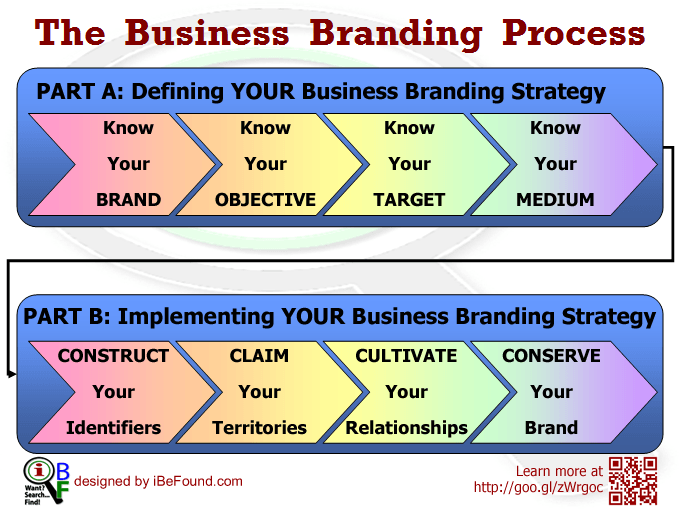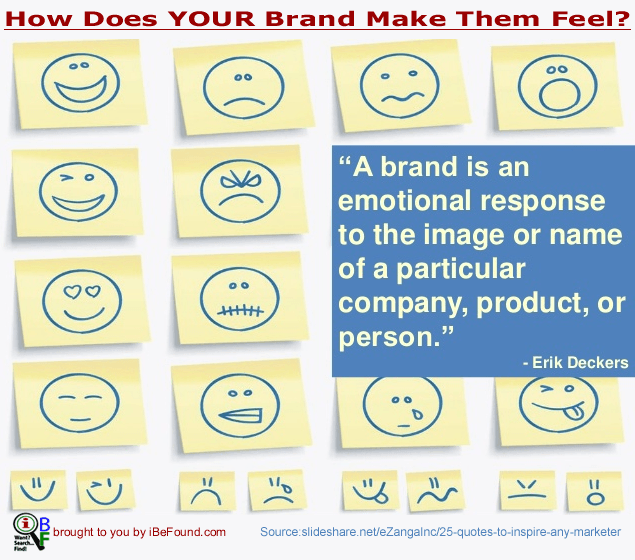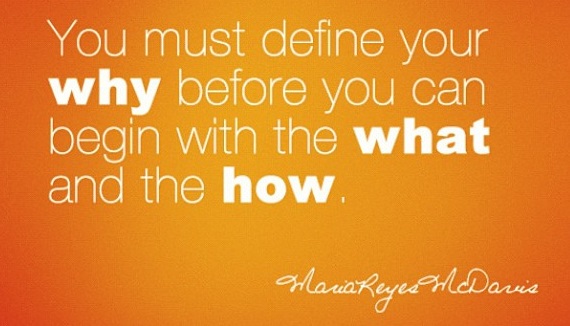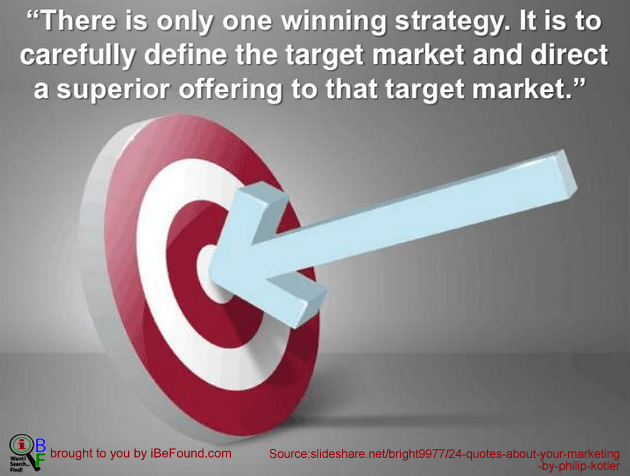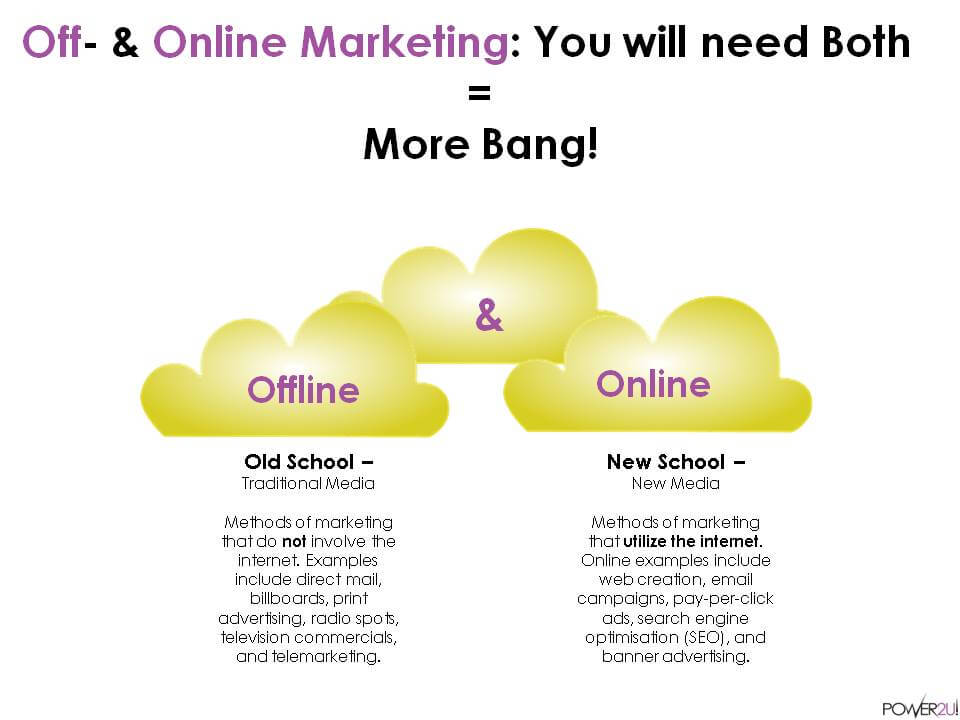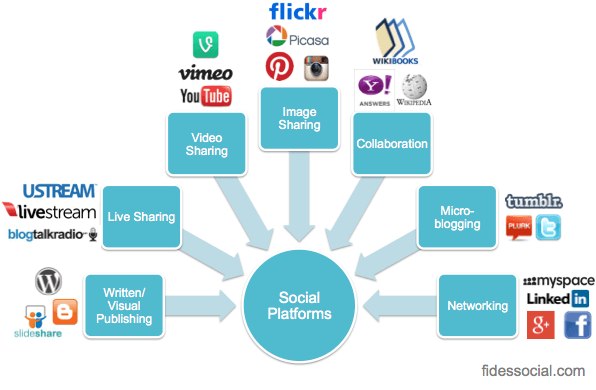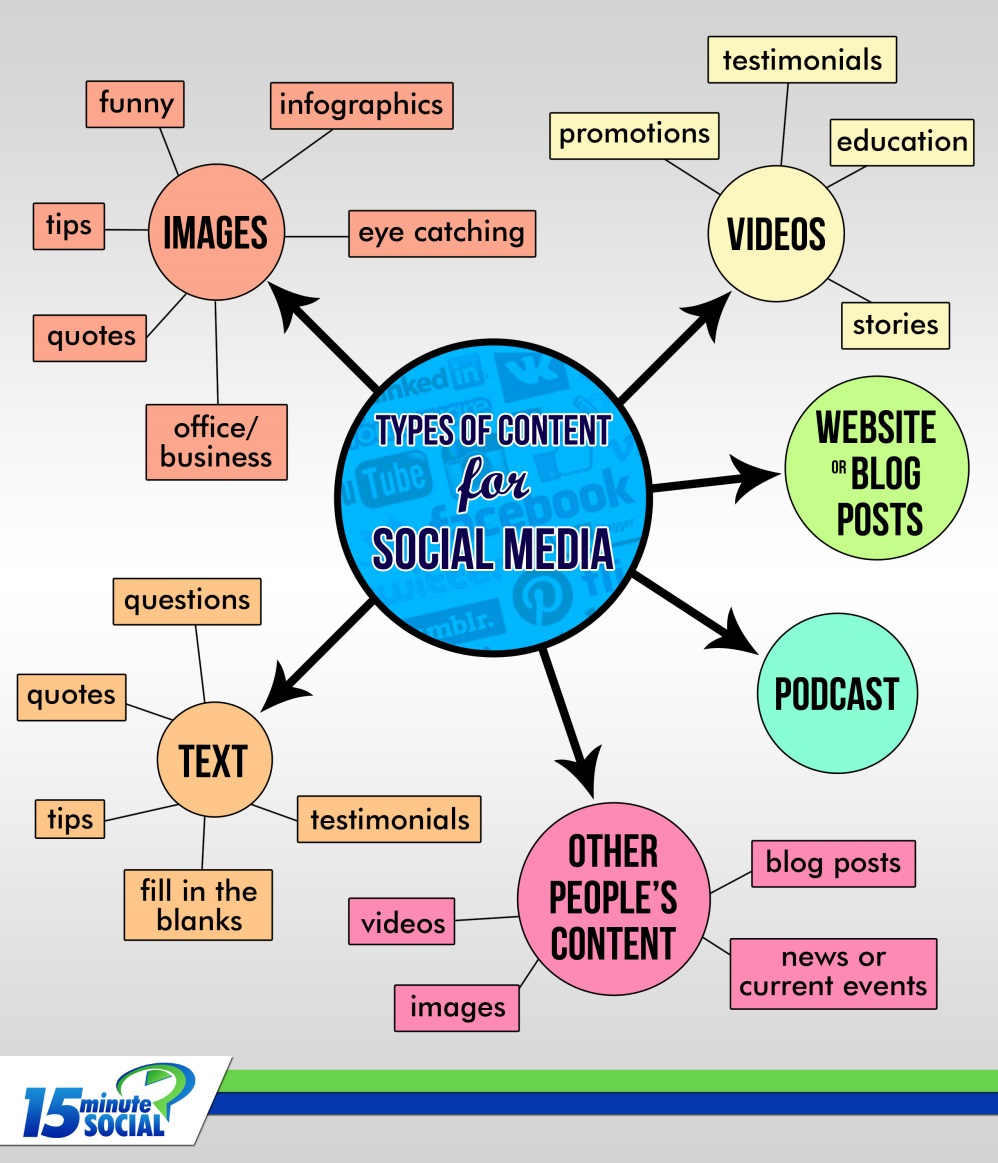- Tap for Menu
- Website Design ▼
- » Custom Website Design
- » Why Love Marketing Websites
- » Explore Website Features
- » Web Hosting Options
- » Website Design Process
- » Website Maintenance
- » Payment Options
- » Compare Website Options
- » Questions & Objections
- Portfolio ▼
- » ALL Website Examples
- » By WEBSITE TYPE ►
- » » 1PAGE Biz
- » » INTRO Biz
- » » BASIC Biz
- » » STANDARD Biz
- » » eCOM Sites
- » By BIZ NICHE ►
- » » Hospitality
- » » Product Sellers
- » » Professions
- » » Skilled Trades
- Testimonials
- Learning Center
- About ▼
- » Who We Are
- » Contact Us
How to DEFINE YOUR Business Branding Strategy
- Navigation
- Website Design ▼
- » Custom Website Design
- » Why Love Marketing Websites
- » Explore Website Features
- » Web Hosting Options
- » Website Design Process
- » Website Maintenance
- » Payment Options
- » Compare Website Options
- » Questions & Objections
- Portfolio ▼
- » ALL Website Examples
- » By WEBSITE TYPE ►
- » » 1PAGE Biz
- » » INTRO Biz
- » » BASIC Biz
- » » STANDARD Biz
- » » eCOM Sites
- » By BIZ NICHE ►
- » » Hospitality
- » » Product Sellers
- » » Professions
- » » Skilled Trades
- Testimonials
- Learning Center
- About ▼
- » Who We Are
- » Contact Us
The Business Branding Process
In a previous article on “The How of Branding”, we devised a 2-part system for business branding:
Defining YOUR Business Branding Strategy
To begin, let’s clarify the steps in PART A of the business branding process so that you can develop a business branding strategy that is best for your business.
STEP #1: Know Your Brand
[What does it stand for?]
Chris Redshaw of the award-winning design agency Revolver Revolver, makes a thought-provoking point in his article Creating sales by defining your brand,
- With a well defined brand and clear values you can start to communicate and engage with current and potential clients, without it you just have a campaign.
Your brand will last longer than your advertising ever can.
For it to grow and be successful, your business needs a well-defined brand. Without it, your business will…
- be forgettable (just another one in the crowd).
- appear unstable and amateurish.
- detract potential customers/clients.
- have limited growth potential.
- have no true or impactful public identity.
On the other hand, when your business has a well-defined brand, you will…
- stand out from the crowd.
- have focused branding and marketing strategies.
- attract your ideal customers.
And as your brand grows stronger, you will…
- develop loyal customers and brand advocates.
- become less sensitive to competitive pricing.
- become attractive to trade partners.
- easily recruit a talented workforce.
If the longevity and success of your business are important to you, then you will do what you must to ensure that your business has a well-defined brand. This comes from fully understanding your brand.
Here are some questions to help you get to know your business brand better:
- Why does our business exist?
- What is our mission (present deeds) and/or vision (future outcome)?
- What are our core values?
- What does our brand stand for?
- What products and/or services do we offer?
- What do we promise to deliver to customers beyond our product/service?
- What need do we fill?
- What value do we bring to the marketplace?
- Why do people want to buy from us?
- What do we do differently to our competitors?
- What is our specialization?
- What are the functional benefits that we deliver to our customers?
- What are the emotional benefits that only we deliver to our customers?
- When people think about our business, what feelings and associations do we want them to have? Are they unique? Can we “own” them?
STEP #2: Know Your Objective
[What are you trying to do?]
Ask yourselves, is our reason for branding our business to:
- introduce our product/service to the marketplace.
- differentiate our product/service from that of our competitors.
- improve recall and recognition of our brand by our target market.
- create an emotional connection by showcasing our brand’s personality.
- maintain high brand visibility or ‘top of mind’ awareness in the marketplace.
- build and grow a community of loyal fans of our brand.
- foster credibility and trust in our brand.
- increase our customer base.
Knowing YOUR branding objective will help you to more clearly define your business branding strategy.
STEP #3: Know Your Target
[Who are you trying to attract?]
Remember what Lisa Haggis had to say about business branding…
- It is as much (maybe more!) about your customers and the lifestyle that you are creating for them as it is about you, and it takes strategic consideration of what’s already being offered in your industry.
In an interesting article titled “Customer Profile Template: Finding Your ONE Person“, business and marketing coach, Peter Vogopoulos makes the following point:
- You really don’t want to be lots of things to lots of people. You want to be something inspirational to the RIGHT person — the ONE person. And if you inspire that ONE person and enough numbers of that ONE person, then you will dominate that niche.
The ONE person is never going to be the only one buying from you. It’s simply the only ONE you should be speaking to at all times.
You have to be a company that inspires that ONE person. Then, your message and consistency will inspire a whole bunch of others who either
(a) feel affinity with that ONE person,
(b) aspire to be that ONE person, or
(c) admire what that ONE person represents
— and then these people will ALSO become your clients.
So, to be a successful business brand, you need to know and understand YOUR ideal customer, and target him/her. We’ll let Chris Mumford, founder of Joe Startup (a captivating entrepreneurial education website), provide an overview of the process for us:
STEP #4: Know Your Medium
[What are you using to reach them?]
To clarify the meaning of the word medium, the Merriam-Webster dictionary provides the following definition for MEDIUM [plural media] as per our context:
- a channel or system of communication, information, or entertainment
- a publication or broadcast that carries advertising [i.e. promotions]
- a mode of artistic expression or communication
Media for business branding comes in many forms – offline and online. Knowing your brand, your objectives, and your target will help you narrow down how many and which media would be best for branding your business.
When choosing your media, keep in mind that it’s NOT about offline vs. online, but rather offline + online…
Image courtesy Power2U
Offline avenues for branding your business include:
- Printables: business cards, personalized stationary, posters, postcards
- Branded giveaways: calendars, pens, key chains, fridge magnets, etc.
- Outdoor signage: billboards, car decals,
- Newspapers: local news, interviews, press releases
- Radio/Television: local news, interviews
- Seminars/Workshops at community center/college
For online business branding, there are many choices. You could use one or more of the following types of social platforms available to you…
Image courtesy Fides
…by providing one or more of the following types of content to your audience.
Image courtesy PostPlanner
If looking at these last two images left you a bit overwhelmed, that’s okay.
The words of designer/entrepreneur Megan Auman in her article, Why You Should Focus On Winning One Social Media Platform, might come in handy right about now:
- Pick one social media network that you think you can win at and focus 90% of your energy there.
(One quick caveat. Claim your business name (or your name) on all the others, because it’s important for your digital real estate. But then just add your pic and profile and let them chill.)
[In upcoming articles, we’ll discuss some of the more popular social media platforms.]
Once you’ve defined YOUR business branding strategy, the next step is to implement it, and we’ll cover that topic in another article.
In the Meantime…
For a more in-depth look at personal branding, you might find the following resources helpful:
- How to Define Your Target Market
- Defining Your Market in 7 Steps
- Target Your Ideal Customer With Personas
Also, check out our “Buyer Persona / Ideal Customer” board on Pinterest for some more insights.
Follow iBeFound International Ltd's board Buyer Persona / Ideal Customer on Pinterest.
Time for YOUR input
- What does YOUR brand stand for?
- Which media are you currently having success with in your branding efforts?
- Business Owners: How clearly defined is your ideal customer?
Start the Conversation with a Consultation Request!
Check Out NZ Locations We Serve
Auckland Bay of Plenty Canterbury Gisborne Hawke's Bay Manawatu-Wanganui Marlborough Nelson Northland Otago Southland Taranaki Tasman Waikato Wellington West Coast See Recent Website Design Projects
© 2014 - 2025 iBeFound Digital Marketing,
a subsidiary of iBeFound International Ltd
PO Box 321, Hāwera 4640
021 227 9922

